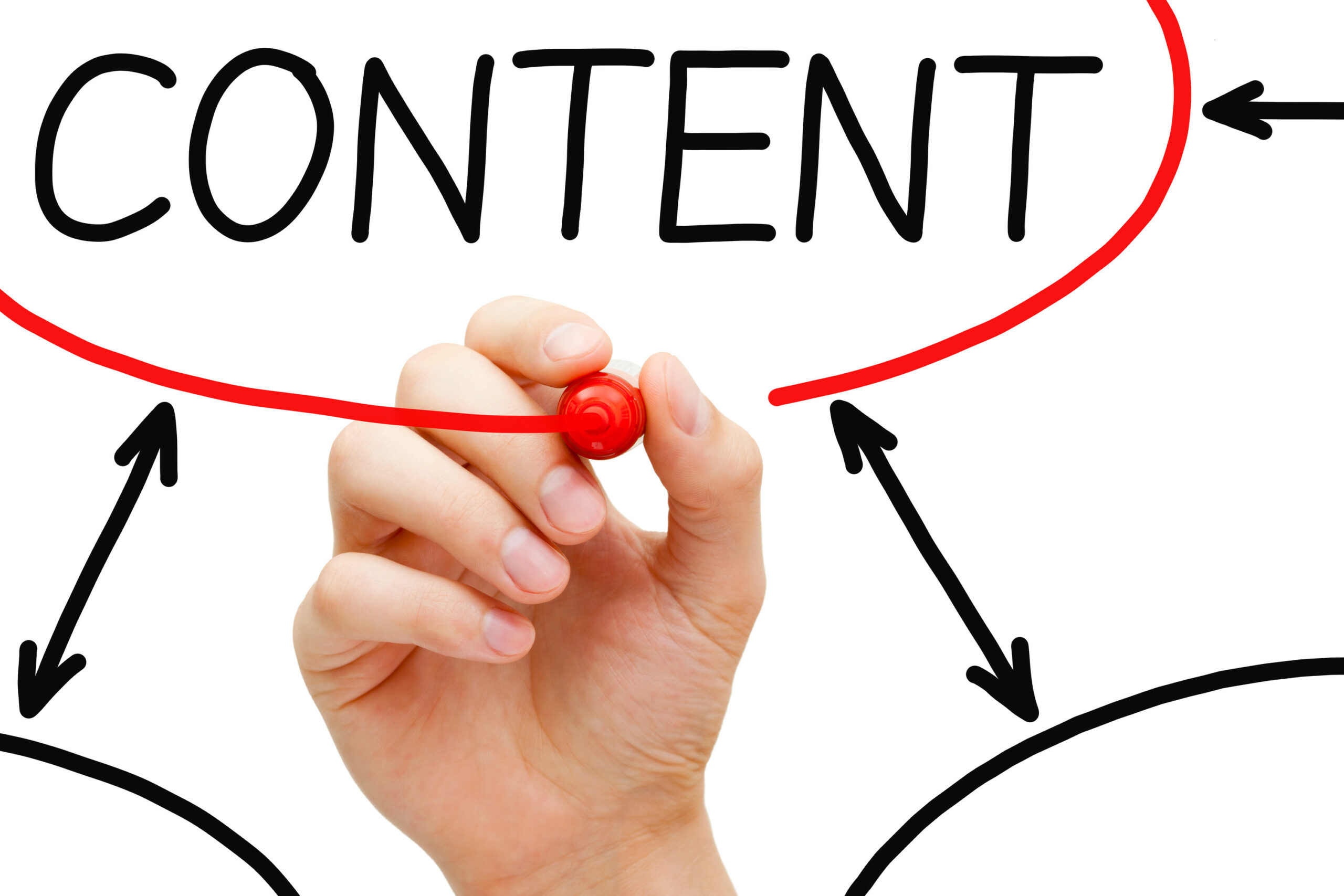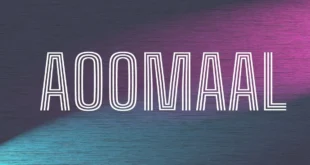Before you hit publish, give your content a thorough review to make sure it meets these six standards of content greatness.
We all know that content is king.
However, we also know that what is considered great content is constantly evolving – especially as users begin to search for and digest content differently.
Content and marketing trends change, and so must our content creation tactics.
Otherwise, we can kiss our chances of staying relevant and top-of-mind goodbye.
Before you hit publish, give your content a thorough review to make sure it meets the following standards of greatness.
1. Great Content Has Video
These days, photos and text aren’t enough.
Technology advances and content creation is becoming increasingly accessible to the average content creator.
Strategists, therefore, must keep up with the times.
And the times are pointing toward live streams and videos.
Don’t believe me?
Just ask yourself the following questions:
- What do you feel the most connected to when you are browsing social media and the web?
- What kind of content feels the most engaging?
- What makes you connect with a brand or an individual?
- What do you look at when you need detailed information before making a purchase?
I’m willing to guess it’s usually some form of video content, whether created by brands or by customers.
Video helps consumers learn more about something they might buy, it helps form educated decisions, and in some ways, it’s easier to consume.
Videos and live streaming are extremely popular and will continue to be, especially with more and more platforms introducing live streaming.
Rather than simply telling your audience why they should trust you, show them.
This can be done with low-production budgets and finding great, but low-cost, video editors on Fiverr.
2. Great Content Answers Questions
When someone enters a query into a search engine, they’re looking for something, right?
- An answer to a question.
- Information related to a product or service.
- How to do something.
Even when someone enters a keyword that isn’t in the form of a question, you can still deduce what they may ask or want kind of information they’re trying to gather.
Using an SEO tool like SEMrush or Answer The Public, or by simply scrolling through the SERPs, you can quickly identify questions related to virtually any keyword.
When you are in the content creation process, you can implement these questions, or long-tail keywords, to make a piece so jam-packed with information that your readers are left with no additional questions.
For example, if someone searches for [chicken soup recipe], you can assume they’d like to know how to make chicken soup.
But they will eventually want to know more.
Scrolling to the middle of the SERP, you will find Google’s “People Also Ask” box, which lists a few questions related to your original search term.
Rather than simply throwing together a recipe with a little bit of commentary, a good content creator would implement some or all these questions within their headings and text.
In turn, the search engines will reward you with better rankings.
People you may not have reached before will now reach you and digest all of your content instead of just the quick recipe.
3. Great Content Is Original
When I say originality, I mean that great content needs to tell Google that your site will offer readers something that other sites will not:
- A new perspective or angle.
- Information that others have yet to provide.
It can’t be overdone.
Google’s John Mueller has told us that Google won’t index content just because it’s there – your content has to be “useful, unique, compelling, or high-quality.”
Unique is just another word for original.
Your ideas, your messaging, and your overall identity should be original.
Reinventing someone else’s content repeatedly lacks originality.
If your content lacks creativity and originality, you will find yourself lacking in links, clicks, and rankings.
4. Great Content Is User-Generated
Influencer amplification is often more successful than brand-generated.
Why?
Because influencers and well-known personalities feel like friends and not businesses trying to sell.
Consumers feel connected to the people they follow; they think that they can trust them.
From them, they seek fashion recommendations, delicious homemade recipes, health and fitness tips, and more.
People are relatable, where sometimes, brands are not.
While it does feel like just about anyone can be an influencer, partnering with the right influencer can work wonders for businesses of any size.
Because the average adult consumes five times more information every day than their counterpart 50 years ago, it’s safe to assume that much of that is a direct result of social media.
The great part about working with an influencer or brand ambassador is that you don’t have to create the content!
That’s their job – it’s user-generated.
So, think about who you are trying to reach and what type of content appeals to them.
Then, partner with relatable influencers who can create content that will make your business shine.
5. Great Content Is Intentional & Results-Focused
Don’t create content willy-nilly.
You must have an intention for that piece of content greatness and a plan in place to achieve that goal.
When you are generating new ideas and brainstorming what you are going to put together and how you are going to execute it, do so with intention.
- What kind of content does your audience connect with the most?
- What topics get the most clicks? The longest views?
- What achieves a ton of engagement or sales?
These are the kinds of questions you should ask yourself before you even start writing.
These questions begin in the brainstorming phase and help dictate which kind of content you should create based on what you want to achieve.
Here’s an example of content types you should create based on the goal you’re trying to achieve:
Your content should be a product of data, as well.
Look at your sales and conversion reports, review your analytics, and use it!
It’s there for a reason and will ultimately help you accomplish that content’s goal.
6. Great Content Has Strong Headlines
Strong headlines trigger your potential readers.
It tells them whether they want to click to your website.
If your headline is vague, boring, or generic, you may not get the click.
If your headline is interesting, catchy, and leaves readers feeling like they’d be missing out if they don’t click, you’re more likely to get a click.
For example:
“Cool New Website Feature” versus “If Your Website Doesn’t Have This Easy Add-On, You’re Doing It Wrong”
Which would you click?
Personally, I know I would click the latter because it promotes a sense of urgency and I suffer from FOMO.
“If my website is missing whatever feature they’re talking about, I could be missing out on something”; sales, leads, money, etc.
The former sounds like just about every low-tier HTML Education website out there.
There is nothing interesting about it, it isn’t unique, and we don’t feel any FOMO by passing it by.
To Sum Up
The next time you’re ready to hit publish, make sure each of these tips is incorporated into your piece of content.
There’s plenty of ways to produce content, but only a small handful of ways to make it great.
 Lifeyet News Lifeyet News
Lifeyet News Lifeyet News





